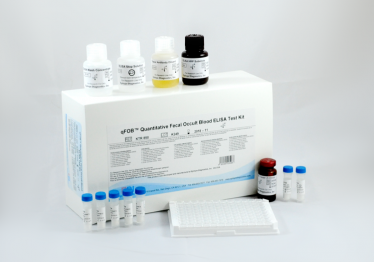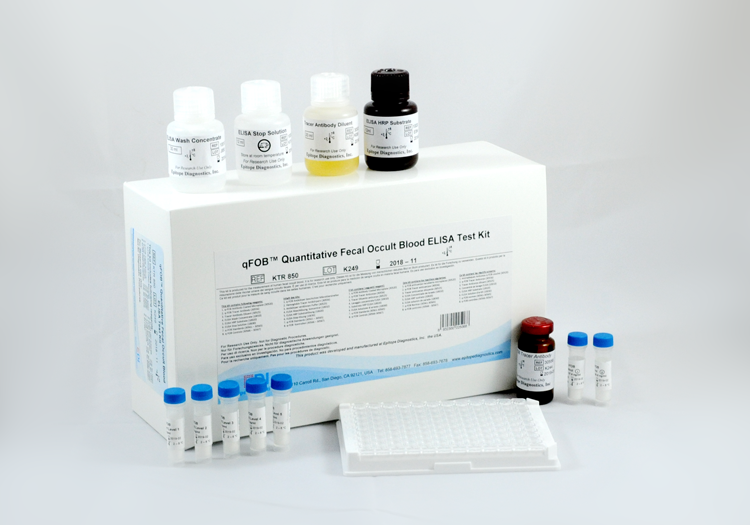Background
The total Triiodothyronine CLIA Kit is designed, developed, and produced for the quantitative measurement of human T3 level in serum samples. The assay utilizes competition law for testing.
The calibrators, controls, or sample, acridinium ester labeled T3 monoclonal antibody are mixed and incubated, forming an antigen-antibody immunocomplex. Monoclonal T3 antigen coupled to paramagnetic particles T3 are added and incubated. Acridinium ester labeled T3 monoclonal antibody unbound to the sample binds to the Magnetically microgranular T3, After precipitation in a magnetic field, the supernatant is decanted, and then a wash cycle is performed to remove any remaining substances that are not bound to the magnetic microbeads. Subsequently, the washed compound is sent into the measurement chamber where trigger solution is automatically added to initiate a chemiluminescence reaction. The light signal is measured by a photomultiplier as relative light units (RLUs), which is inversely proportional to the concentration of T3 present in the sample. The test result is automatically calculated by the system according to the working curve.

